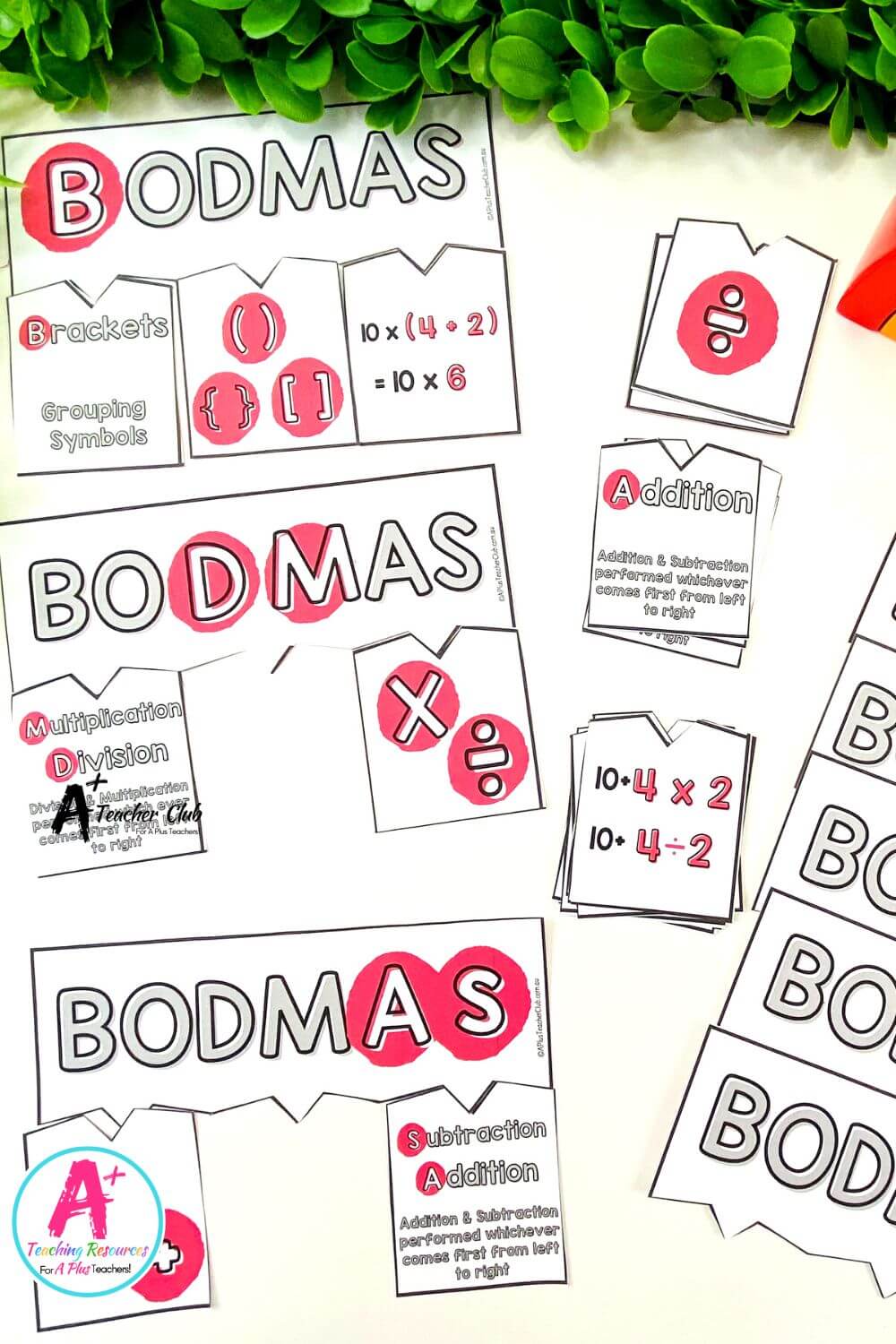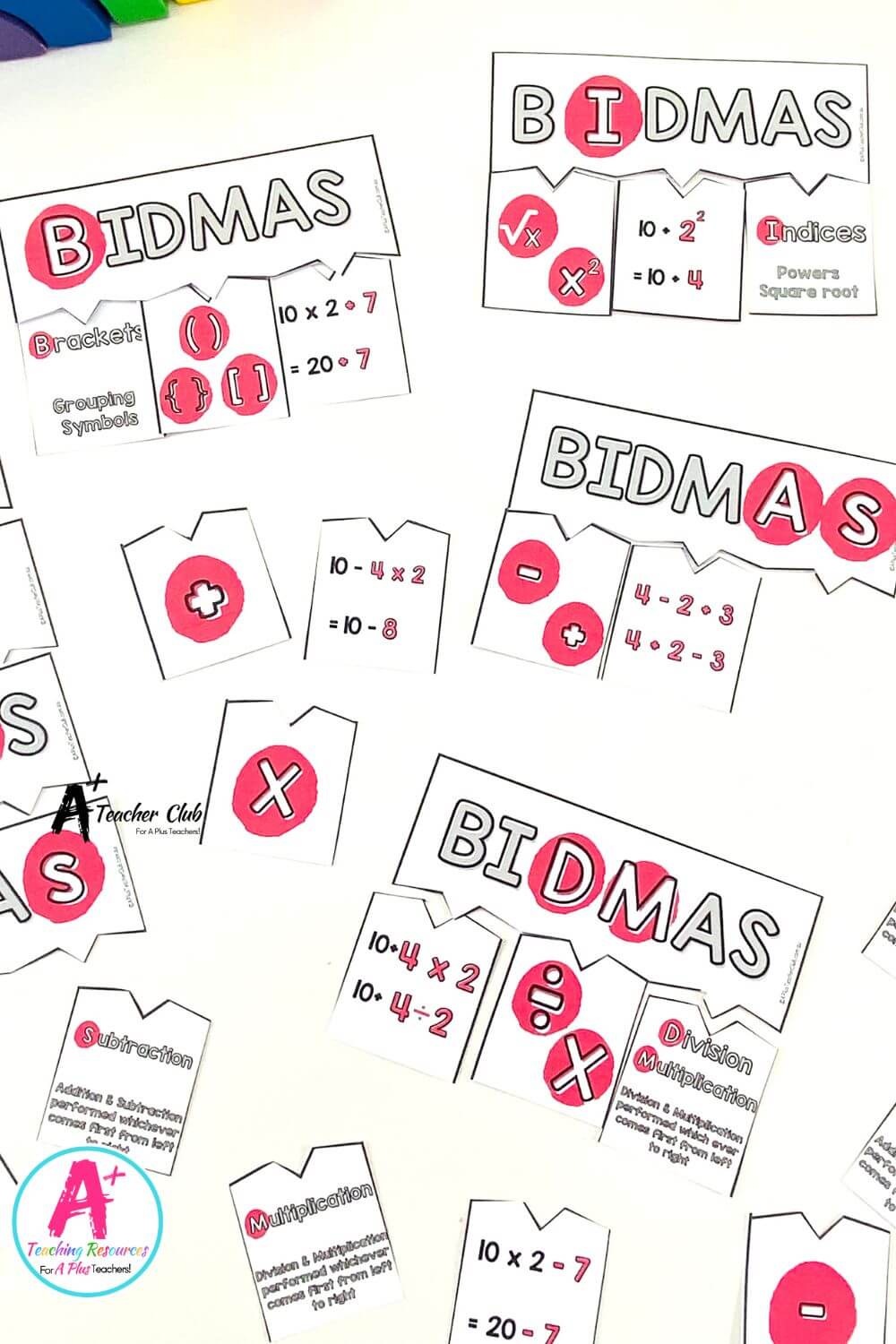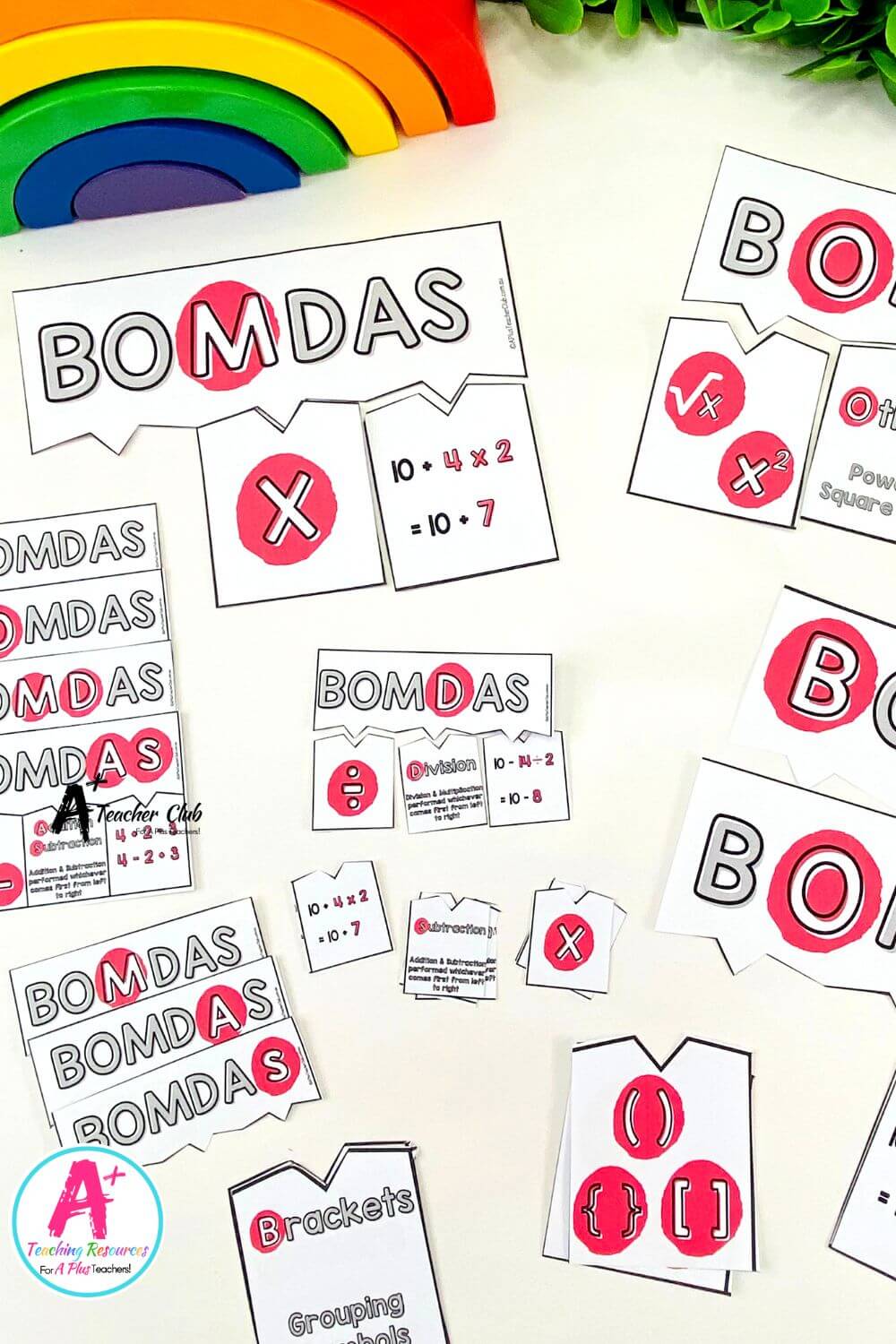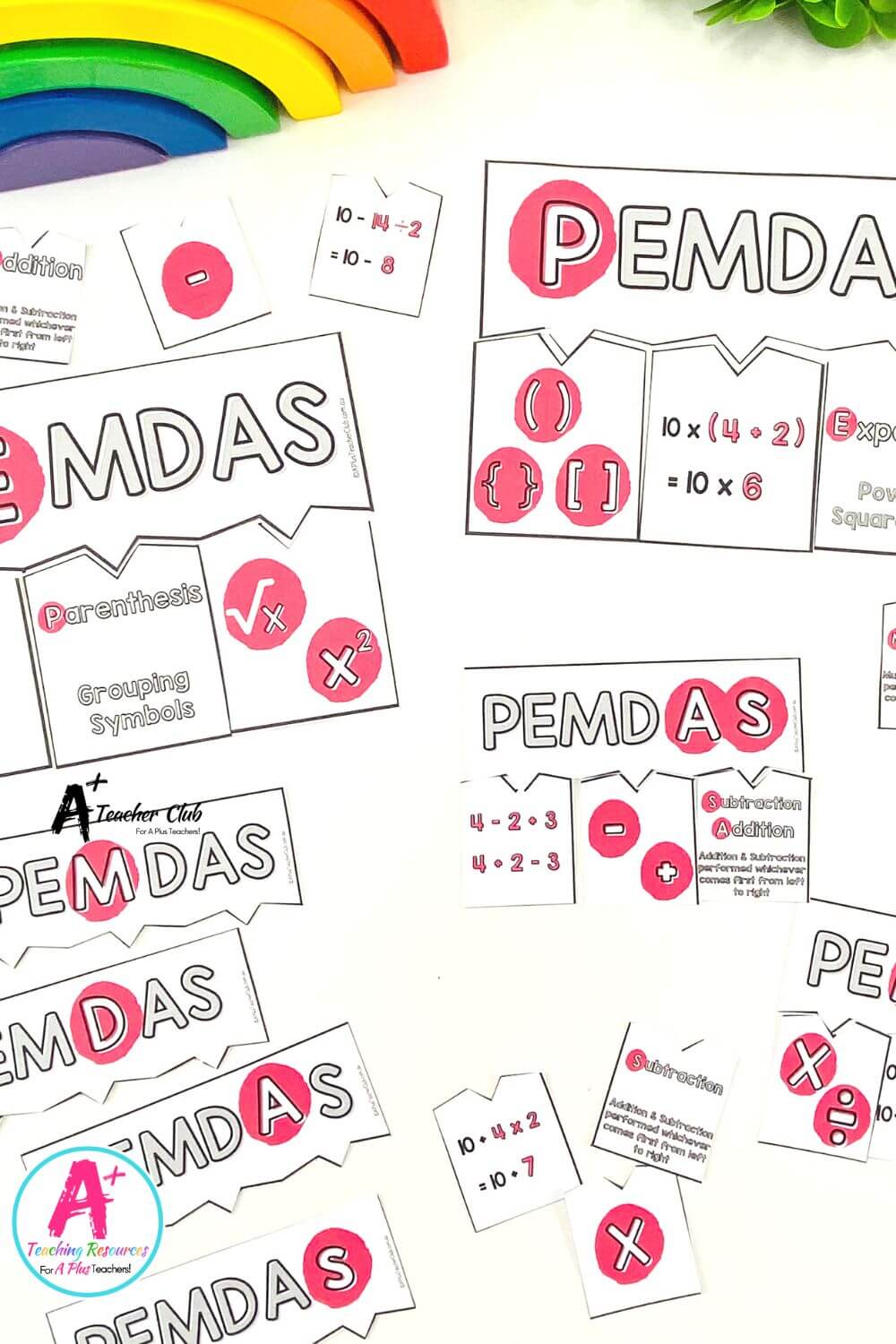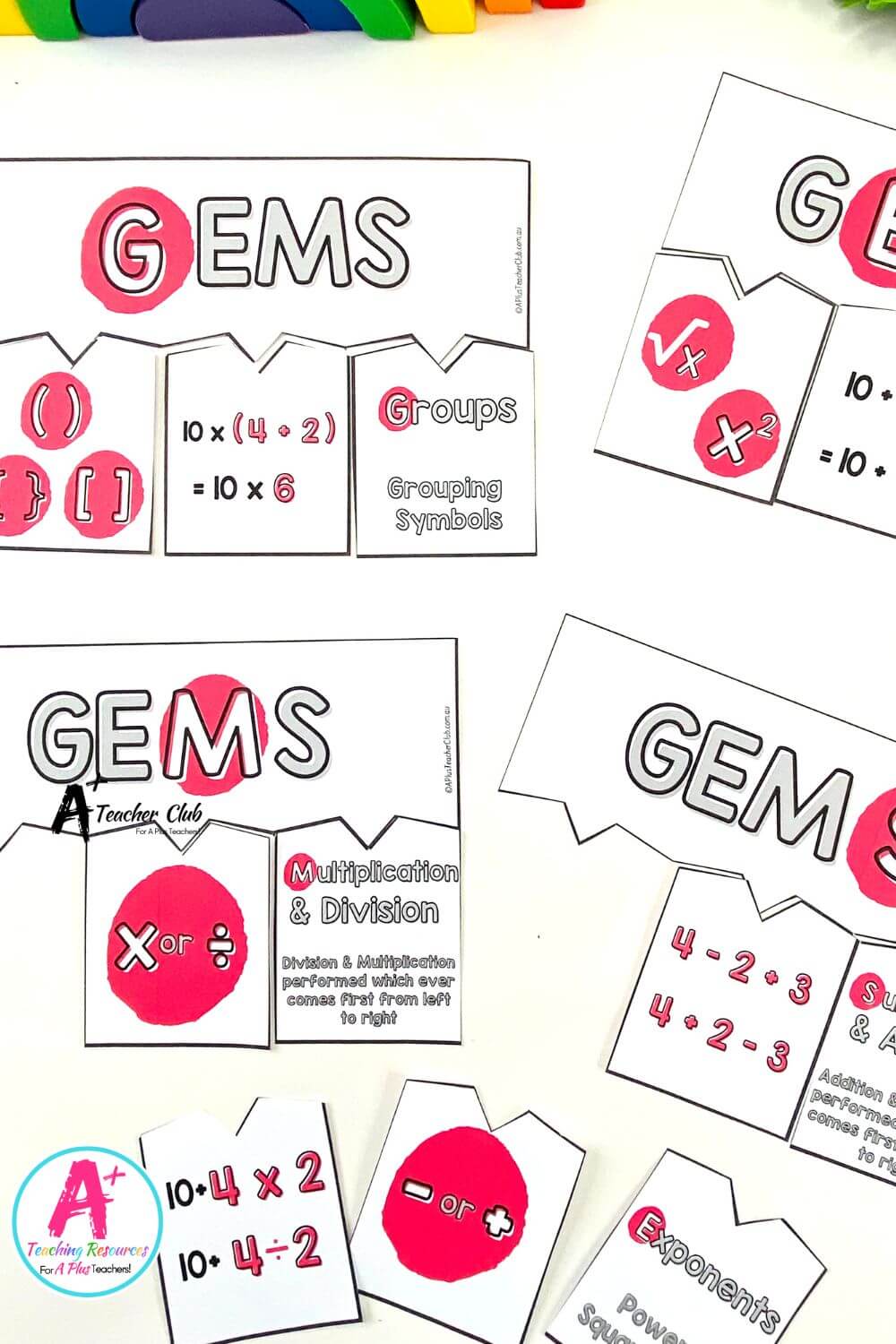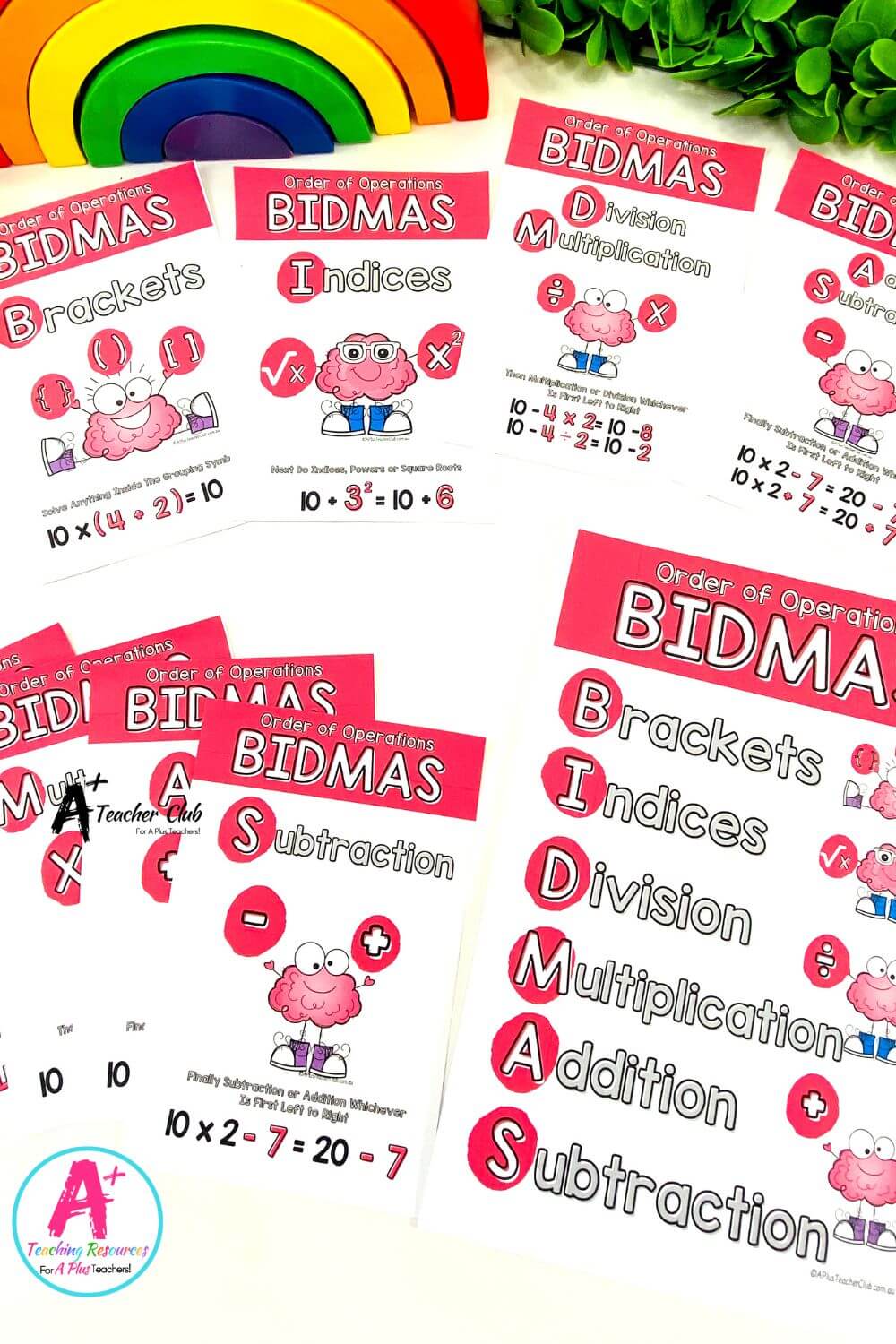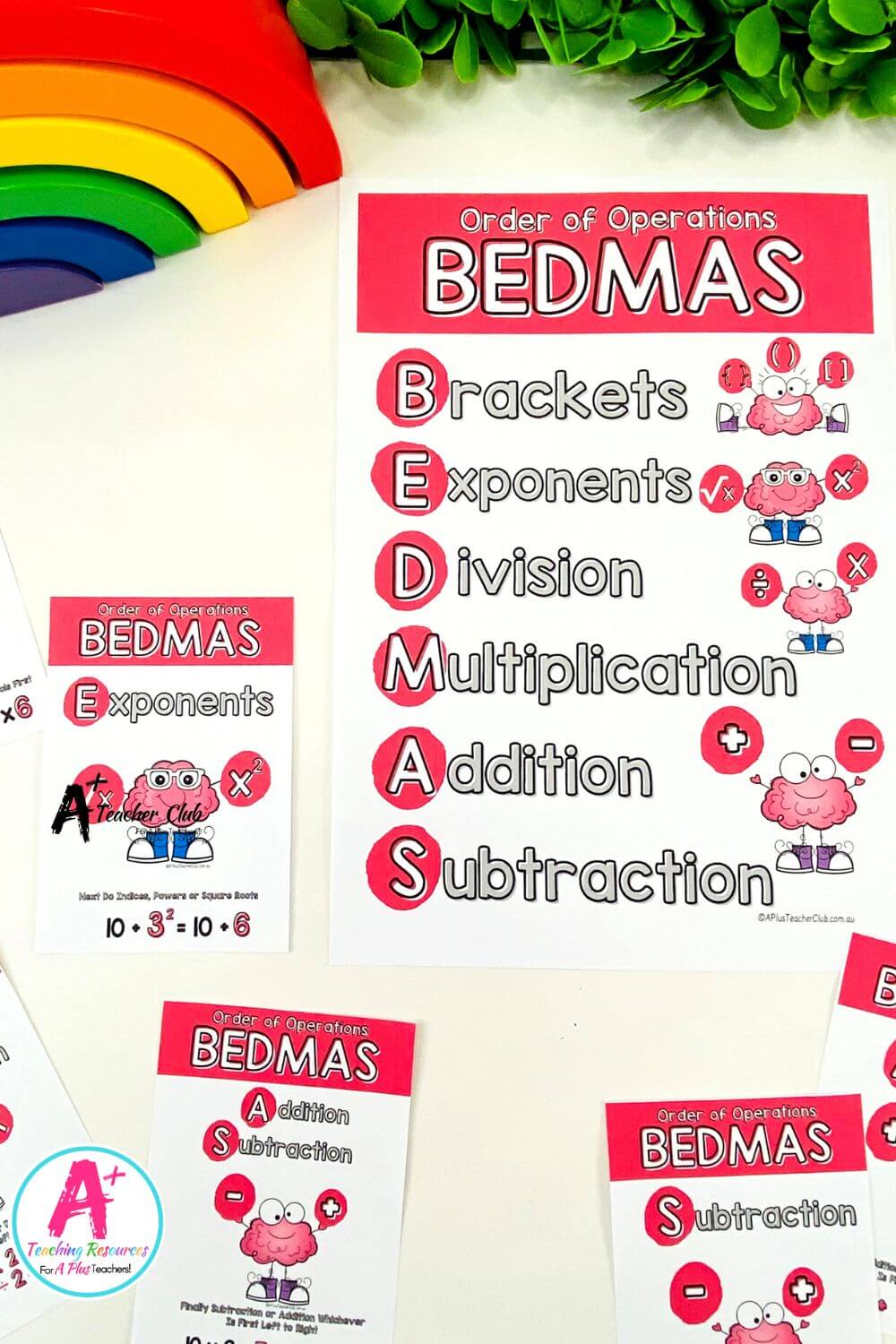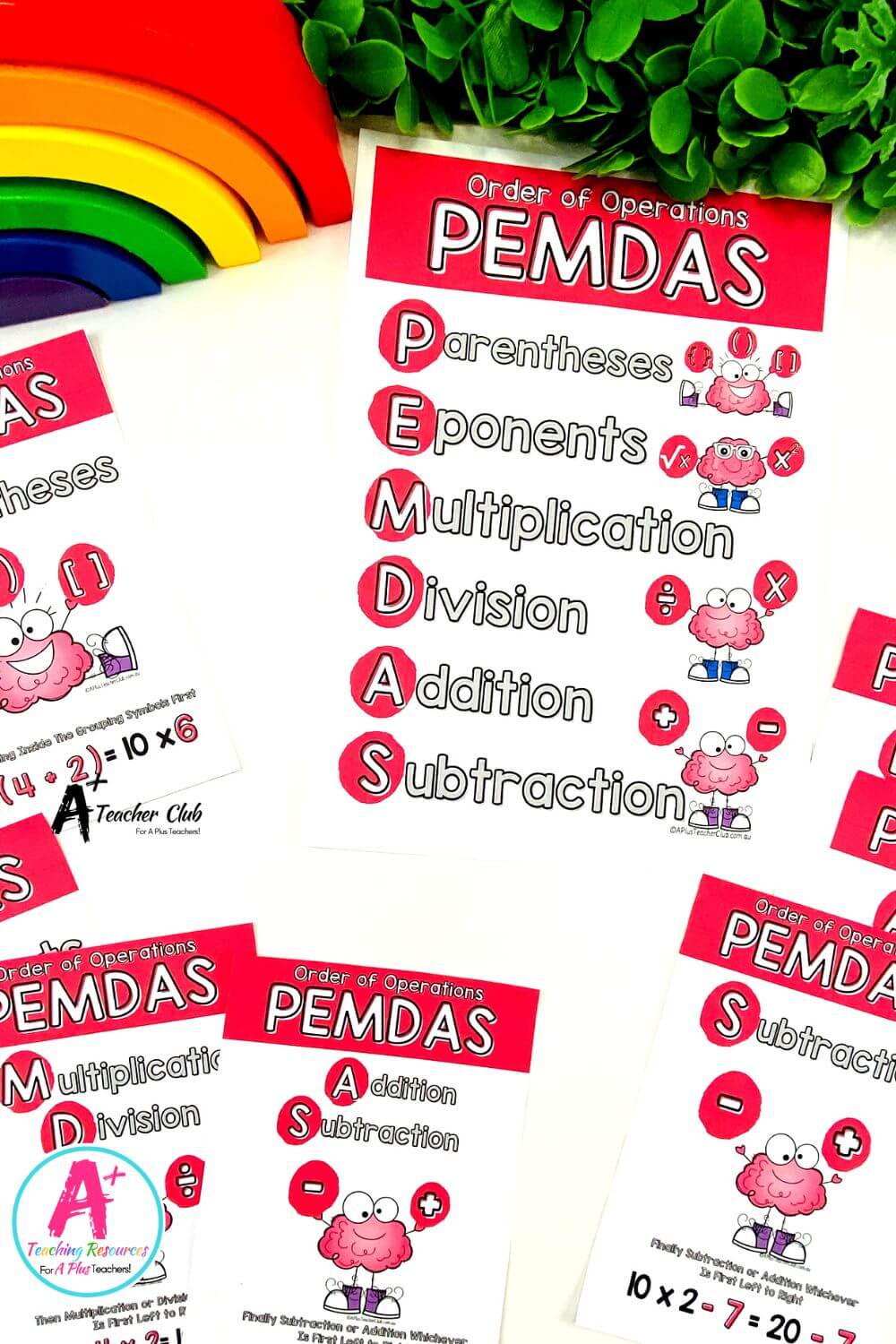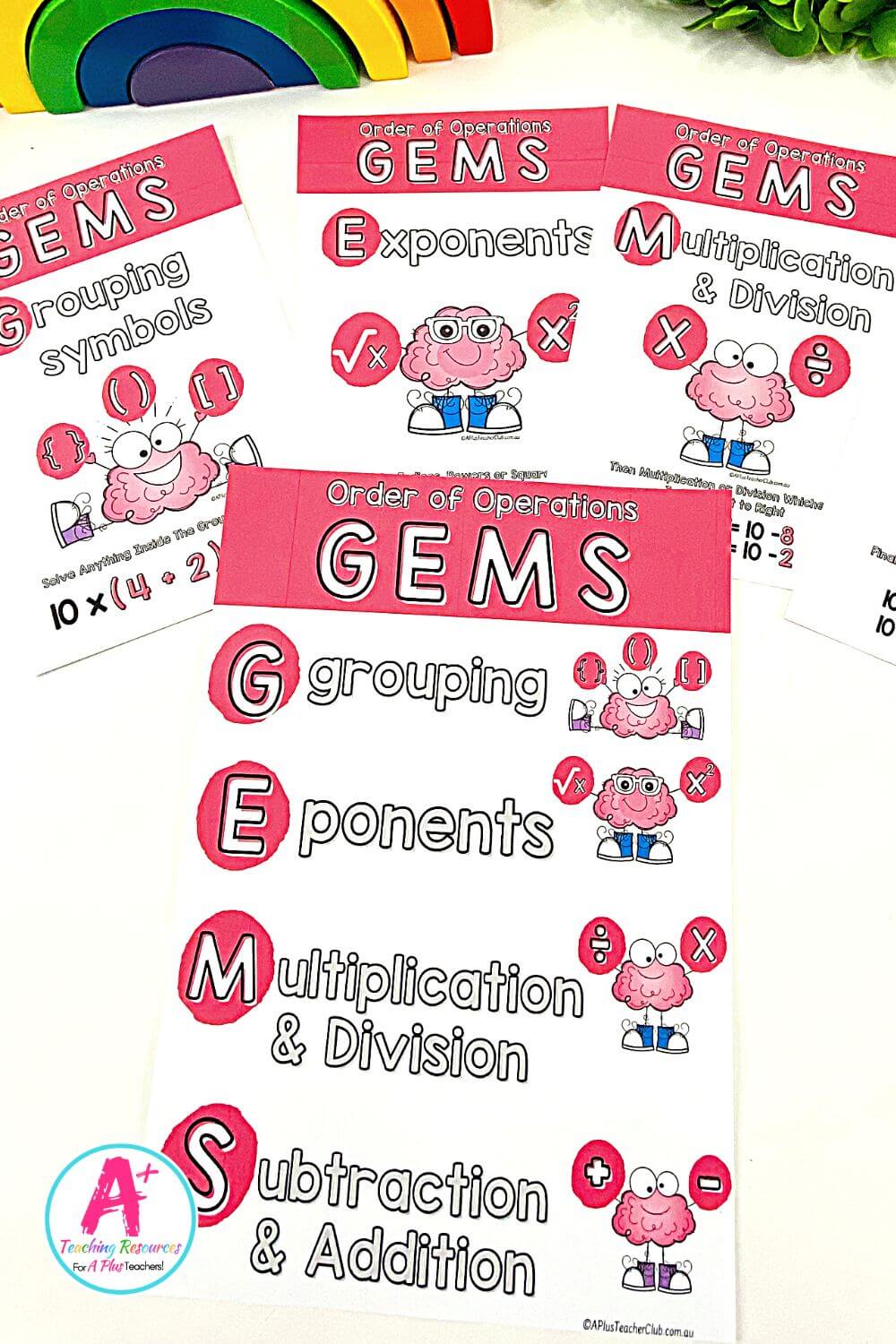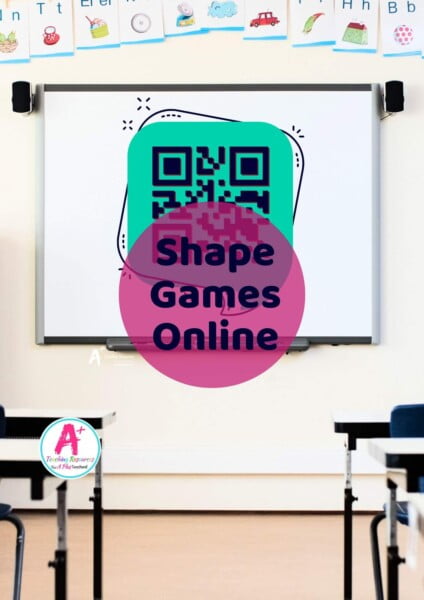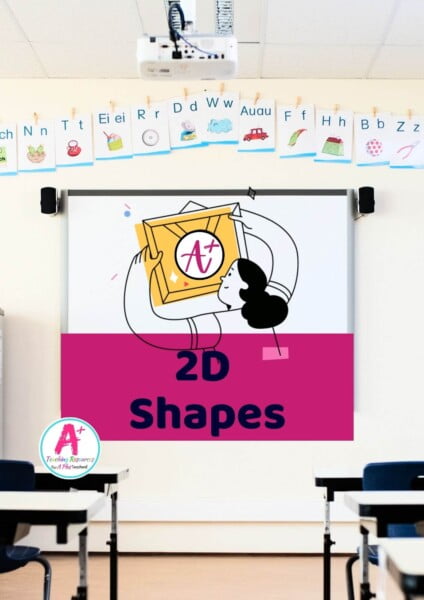Order of Operations Activities {BODMAS PEMDAS & More!}
Operations
Our Order Of Operations Activities is just what you need if you’re looking for engaging teaching resources for your students. No matter the acronym you use we’ve got you covered for BODMAS, BIMDAS, PEMDAS, GEMS & More!
Order of Operations is a set of rules that help us complete math problems and number sentences that contain more than one of the four operations, +, -, x, ÷ in the same problem. Without a set of rules to follow you will get different answers for the same problem.
In this post, we will explore the Calculations rules and share our favourite Order of Operations teaching resources for teaching the outcome ACMNA134 – “Explore the use of brackets and order of operations to write number sentences.
What is Order of Operations
Knowing the “order of operations”, means knowing which order to solve +, -, x, ÷ calculations when there is more than one of these calculations in a problem.
This special order rule is usually taught in the upper years of primary school, about Year 6 & Year 7 and it is often known as BODMAS, BIMDAS or PEMDAS.
The order of operations is important and the agreed order to solve tricky math problems, without it we would all get different answers for the same problem.
Try solving these examples:
10 + 3 x 9
Now try this,
3 x 9 + 10
Without using the rule I got 117 and 37 as I solved them left to right. You may have got this too or something totally different!
Actually, if the Order of Operations rule if followed the answer is the same for both problems, 37.
Giving students a set of number sentences to solve, and comparing all the different answers is a fun way to introduce the need for the Order of Operations Rule.
Related Post: Investigating Properties of Numbers Building Number Sense
How To Teach Order Of Operations
At first glance Teaching Order of Operations seems like a simple concept to teach, but it actually includes a bit more than teaching your kids to follow the BODMAS, PEDMAS, BIMDAS acronyms.
Based on my experience as a numeracy coach, there are a couple of struggle points that you need to keep an eye on when teaching Order of Operations.
Be on the lookout for students:
- who think it’s an easy topic because the problems look so ‘easy’. They will probably try to solve the problems using only their mental math skills.
- that understand how to use the order of operations correctly, but don’t apply the rules systematically. They usually struggle when an equation includes both multiplication AND division calculations and tend to solve multiplication before division, regardless of the position in a problem. They need to know that we perform the operation that comes first in a problem when reading the problem from left to right.
- who think it doesn’t matter which order they perform addition and subtraction. It must also be done in order of which comes FIRST, Left to right.
To help you teach this math topic we’ve broken it down and included a range of activities that address the range of elaborations. For a quality teaching program you will need Order Of Operations Activities that will help your students to:
Understand the use of brackets and the Order of Operations Rule
- Why there is a right and wrong way to complete multiple calculations in the same number sentence
- Know that different words can mean the same thing, e.g. brackets- are parentheses, exponents are also known as indices etc…
- Understand that brackets are parentheses, that can be different shapes
- Anything inside brackets is calculated first in a number sentence
- Know & apply the 4 steps in the Order or Operations rule to solve multi-operation number sentences
- Brackets
- Work out any square or cube numbers
- If there are no brackets, calculate multiplication or division from left to right
- If there are no brackets, work out addition or subtraction from left to right
- Explore a mnemonic or acronym to help remember the order e.g. “Please Excuse My Dear Aunt Sally”, BODMAS, BIMDAS, PEDMAS, GEMS etc…
- Unknown elements in number sentences can be represented by and empty box, question mark or a space. The unknown can appear in any position in an equation.
- Use order of operations and brackets to answer number sentences correctly
Write number sentences from the information given
- Use brackets and order of operations to make number sentences (equations)
- Use brackets and order of operations to write number sentences that match word problems
Build an understanding of positive & negative numbers using number lines
- All numbers, except zero, are either positive or negative
- Positive numbers are the most common and are not always written using the + sign e.g. 39 -19 could also be written +39 – +19
- Brackets & rules are used to help clarify information when adding, subtracting or multiplying and dividing positive & negative numbers. e.g. 50 + 40 = 90 could be written as (+50) + (+40) = +90 and -50 + -40 = -90 can be written as (-50) + (-40) = -90. Using brackets in this way helps students understand the use of brackets later.
Bodmas, Bimdas, Pedmas, Gems & More…
Once students realise that without an agreed order there can be different answers to the same problem it’s time to introduce the Order of Operations Rule using an acronym of choice.
After students have been introduced to an acronym I send them on the task of finding and creating as many as they can. This is a great way to explore that no matter the name used, BIMDAS. BODMAS, PEDMAS, GEMS etc… they all follow the same order, but use different words. By doing this investigation the students learn that what is important is the order that problems are completed:
- Brackets first (If there is more than one set, do the inner set first)
- Then Indices which include cubes or square numbers
- Next Multiplication or Division. These are of equal importance but should be done in the order they appear in the problem, from left to right.
- Finally Addition or Subtraction. Like division and multiplication, whichever comes first left to right.
Download these Order of Operations Puzzles to help your students become confident and fluent with solving number sentences using any acronym, BOMDAS, PEDMAS, GEMS & More!
Resources listed in this collection
Click to jump to...Order Of Operations Puzzles
Order Of Operations Posters
Explore tags
More Number & Algebra Maths Resources

Math toolkits serve as an organizational solution for regularly used math tools and manipulatives in mathematics classes. These toolkits are designed to assist students in problem-solving and engaging in math activities.
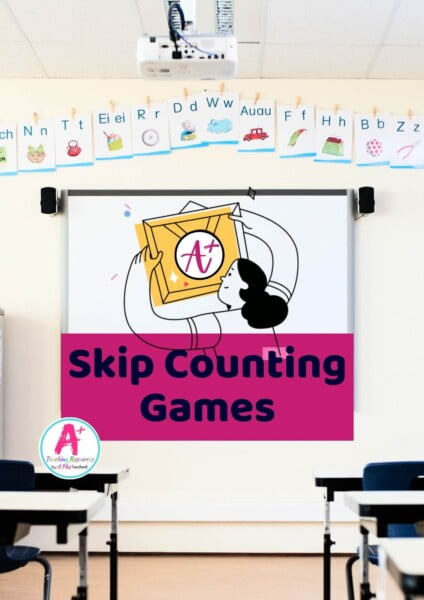
Explore Our Skip Counting Collections

Explore Our Maths Classroom Posters
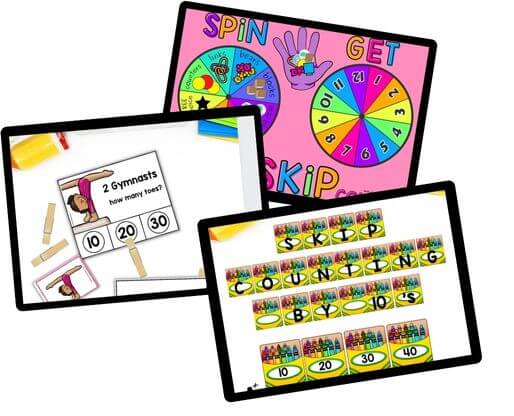
Skip Counting By 10 Printables

Skip Counting by 5 Printables

Explore Our Number Sense Collections
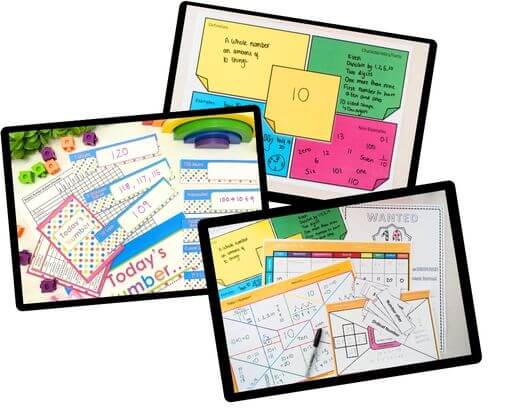
Number Sense - Number of The Day Printables
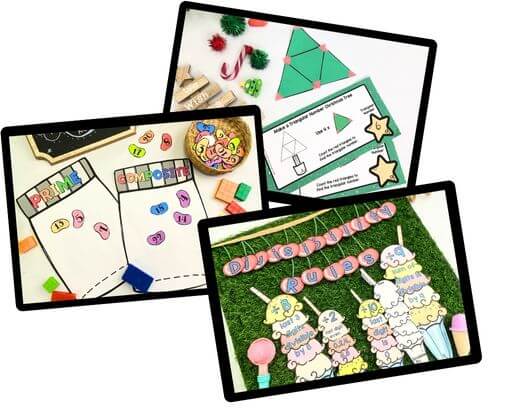
Properties of Numbers - Prime, Composite & Triangular Numbers Printables

Place Value Boards
Can't find what you're looking for?
Send us a request! Use this form to request a resource. Please give details of the learning area, topic, year level, curriculum links. We’ll be happy to take a look to see if we can fit it in. Unfortunately a request does not guarantee we will be able to make it!
"*" indicates required fields

